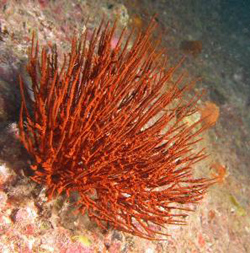Fetch, Boy! Study Shows Homes with Dogs Have More Types of Bacteria
New research from North Carolina State University and the University of Colorado shows that households with dogs are home to more types of bacteria – including bacteria that are rarely found in households that do not have dogs. The finding is part of a larger study to improve our understanding of the microscopic life forms that live in our homes.
“We wanted to know what variables influence the microbial ecosystems in our homes, and the biggest difference we’ve found so far is whether you own a dog,” says Dr. Rob Dunn, an associate professor of biology at NC State and co-author of a paper describing the work. “We can tell whether you own a dog based on the bacteria we find on your television screen or pillow case. For example, there are bacteria normally found in soil that are 700 times more common in dog-owning households than in those without dogs.” (more…)

